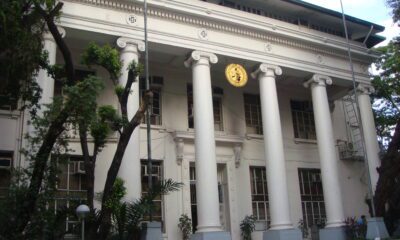Technology
Researchers build “lab on a chip” as diagnostic tool
SAN FRANCISCO –Researchers at the Stanford University School of Medicine have developed a way to produce a reusable “lab on a chip” as a diagnostic tool.
Described in a paper published online this week in the Proceedings of the National Academy of Sciences, the all-in-one biochip combines microfluidics, electronics and inkjet printing technology and costs as little as 1 U.S. cent in production.
As a two-part system, it consists of a clear silicone microfluidic chamber for housing cells and a reusable electronic strip, and a regular inkjet printer that can be used to print the electronic strip onto a flexible sheet of polyester using commercially available conductive nanoparticle ink.
Noting that one chip can be produced in about 20 minutes, the paper’s lead author Rahim Esfandyarpour, an electrical engineer by training and an research associate at the Stanford Genome Technology Center, explained that “we designed it to eliminate the need for clean-room facilities and trained personnel to fabricate such a device.”
Designed to handle small-volume samples for a variety of assays and as a multifunctional platform, the tool can help analyze different cell types without using fluorescent or magnetic labels that are typically required to track cells by separating cells based on their intrinsic electrical properties, and can help capture single cells from a mix, isolate rare cells and count cells based on cell types.
The trick behind: when an electric potential is applied across the inkjet-printed strip, cells loaded into the microfluidic chamber get pulled in different directions depending on their “polarizability” in a process called dielectrophoresis.
“The motivation was really how to export technology and how to decrease the cost of things,” Ron Davis, professor of biochemistry and of genetics and director of the genome technology center, was quoted as saying in a news release from Stanford University in Northern California, on the U.S. West Coast.
The technology also has the potential to accelerate basic and applied research by allowing researchers and clinicians to potentially analyze more cells in shorter time periods, manipulate stem cells to achieve efficient gene transfer and develop cost-effective ways to diagnose diseases, Esfandyarpour said, adding that the team hopes the chip will create a transformation in how people use instruments in the lab.
Davis said the new technology could usher in a medical diagnostics revolution like the kind brought on by low-cost genome sequencing. “The genome project has changed the way an awful lot of medicine is done, and we want to continue that with all sorts of other technology that are just really inexpensive and accessible.”



















